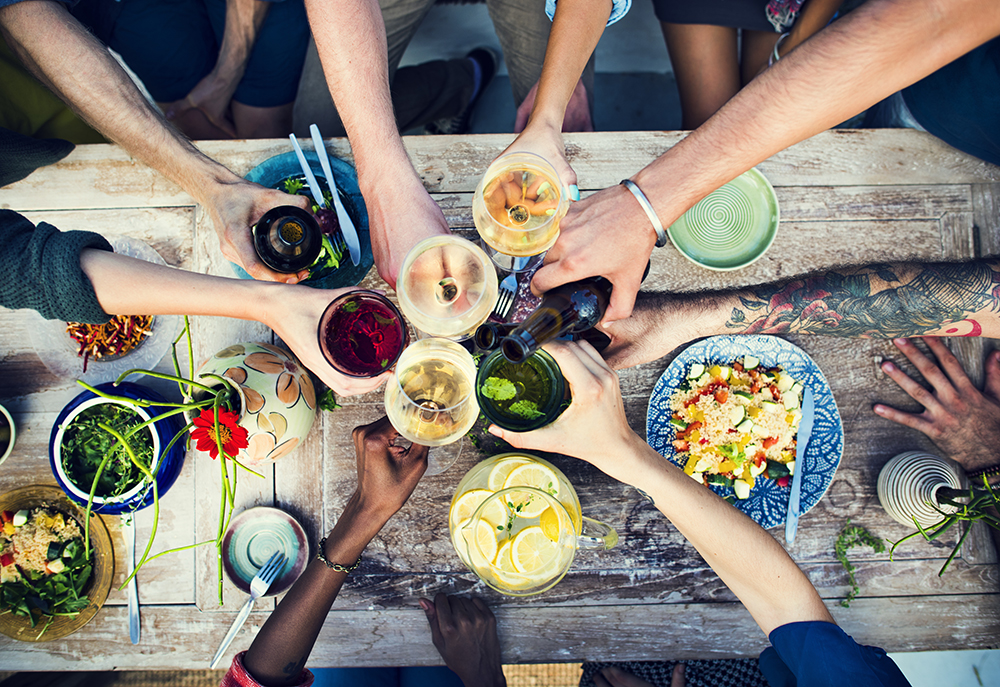

Ensuring Wine Quality and Authenticity with NMR-Based Screening
With wine fraud causing a growing international problem, wine producers require increasingly sophisticated methods of food analysis to safeguard consumers. Here we explore how high resolution nuclear magnetic spectroscopy (NMR) can be used to deliver cost efficient, reliable screening and facilitate increasing throughput to ensure consumer confidence and public trust.
Wine Times
Every year consumers are confronted with a host of food scandals in the media, damaging public trust in the integrity of food and drink manufacturers. Food quality and safety is now a highly important issue for manufacturers, retailers, government control agencies and consumer protection organizations in the struggle to win back the trust of buyers. This is of particular concern to the global wine industry, where quality, safety and guaranteed origin and authenticity drive purchasing decisions. With wine fraud an increasing international problem, organizations such as the European Council and Food and Drug Administration (FDA) have now introduced measures to investigate wine quality.
Wine fraud can be used to refer to the adulteration of substances – including colorants, flavorings and even dangerous chemicals – and the intentional use of incorrect labeling in order to sell the product to consumers at a higher price. In recent years there have been a number of high profile cases of wine fraud, including false labeling on supermarket wines and faking some of the world’s rarest and finest wines. The globalized supply chain poses additional challenges with instances of fraudbeing particularly prevalent in eastern regions.
Typically food analysis is performed using targeted methods, analyzing predefined parameters. The disadvantage of this type of analysis is that any deviations outside the specified test parameters are not picked up. To beat the fraudsters and ensure consumer safety, increasingly sophisticated methods of analysis are needed. Here we explore how the use of high resolution nuclear magnetic spectroscopy (NMR) enables both targeted and non-targeted screening, delivering cost efficiency and increasing throughput.
The Quality and Authenticity of Wine
Global concerns are closely linked to the way wine production and labeling have been regulated. Wine has been adulterated (substances not related to grapes being added), manipulated and counterfeited for as long as it has been produced. Adulteration can be committed through dilution with water, the addition of alcohol and glycerol, as well as a number of other substances. Adulteration can also take the form of blending with, or replacement by, wine of a lesser quality.
One of the most well known wine frauds in recent times is the ‘glycol scandal’ from Austria when it was revealed that approximately 70 wine producers had added diethylene-glycol to their late harvest sweet wines1. Traces of diethylene-glycol were also found in a number of German wines, indicating they had been illegally blended with the Austrian wines and therefore highlighting the extent of the global problem.
The addition of compounds, such as diethylene-glycol, are difficult to trace in analysis. In this instance, the contaminant added was not hazardous to health but had wider economic effects. The Austrian wine industry suffered greatly as a result, particularly producers who had not been involved in the scandal as exports were nearly wiped out.
Cases of fraud are, of course, not restricted to Austria but occur worldwide. In response, the European Commission produced guidelines for the analysis of wines to detect frauds and irregularities, and to avert dangers that could arise from the use of consumable products. It is however up to individual national authorities to take the necessary steps to inform consumers.
Catching the Fraudsters: Analyzing wine Quality and Authenticity
A NMR based screener provides an innovative solution for the analysis of wine. The method relies on the acquisition of the spectroscopic fingerprint specific to each sample. These profiles are then compared to a large database of authentic wine samples using a multivariate statistical approach. By being able to simultaneously conduct both targeted and non-targeted analysis from a single measurement , NMR based screening conducts quality control and testing of selected safety issues and authenticity in a unique way.
The Wine Profiling module of Bruker’s FoodScreener was used to analyze 600 authentic varietal German wines from 10 grape varieties. Sample preparation was simple, consisting of the addition of 10% buffer and pH adjustment. A standard single pulse experiment and a multiple suppression experiment were conducted for each sample. Multivariate statistical data analysis was then applied in order to build a classification model for grape variety prediction. The predictive power of the model was then assessed using MonteCarlo embedded cross-validation techniques.
As water and ethanol signals were selectively suppressed, the dynamic range of the compounds detected was increased, resulting in spectrums as shown in Figure 1. The results of the MonteCarlo cross validation analysis showed that the grape varieties could be differentiated, therefore demonstrating the validity of the method.
ConclusionWine fraud is a globally recognized issue, with recent cases having serious economical impacts on the industry, affecting exports, driving retail price increases and eroding consumer confidence. This has driven government organizations and industry professionals to adopt more sensitive, sophisticated methods of analysis to combat the fraudsters. The combination of NMR fingerprinting with multivariate analysis has demonstrated an easy, cost-efficient, push-button solution for comprehensive and reliable wine screening, based on already proven technologies.
References
[1] Austrian Wine: Developments after the wine scandal and its current situation http://academyofwinebusiness.com/wp-content/uploads/2010/05/Stockl.pdf

